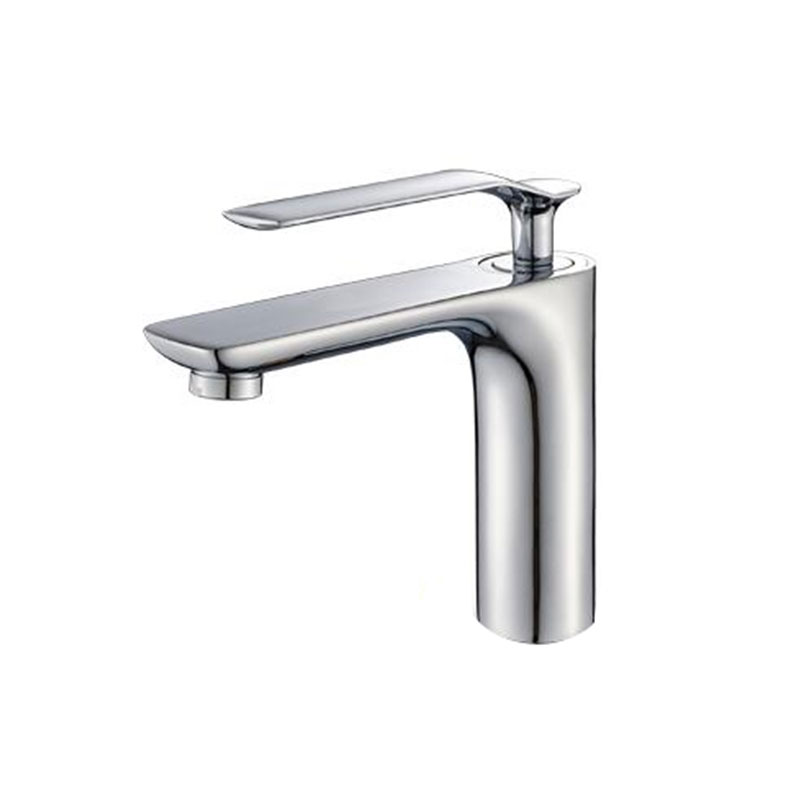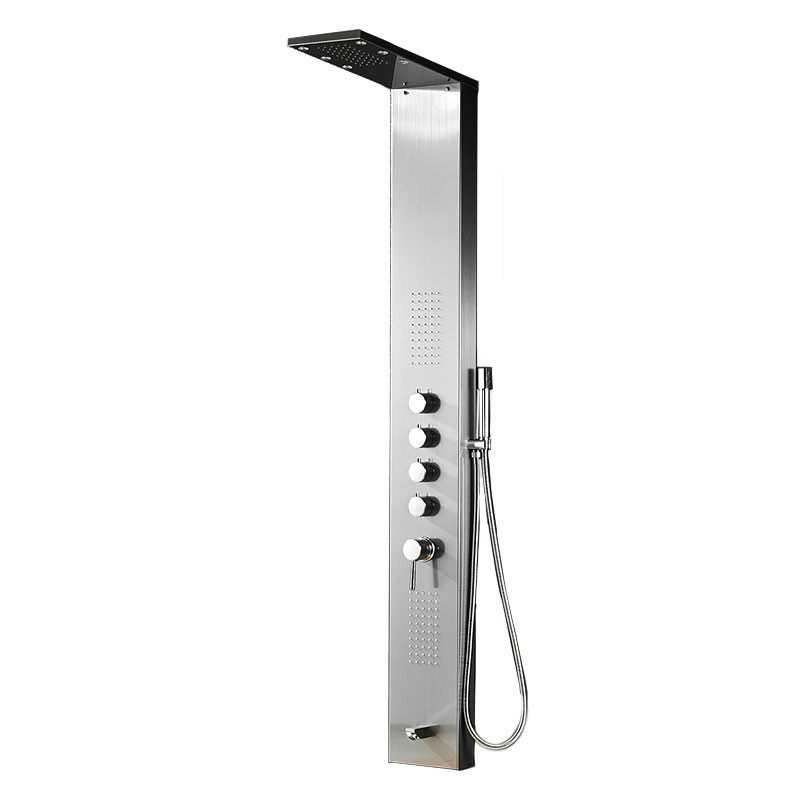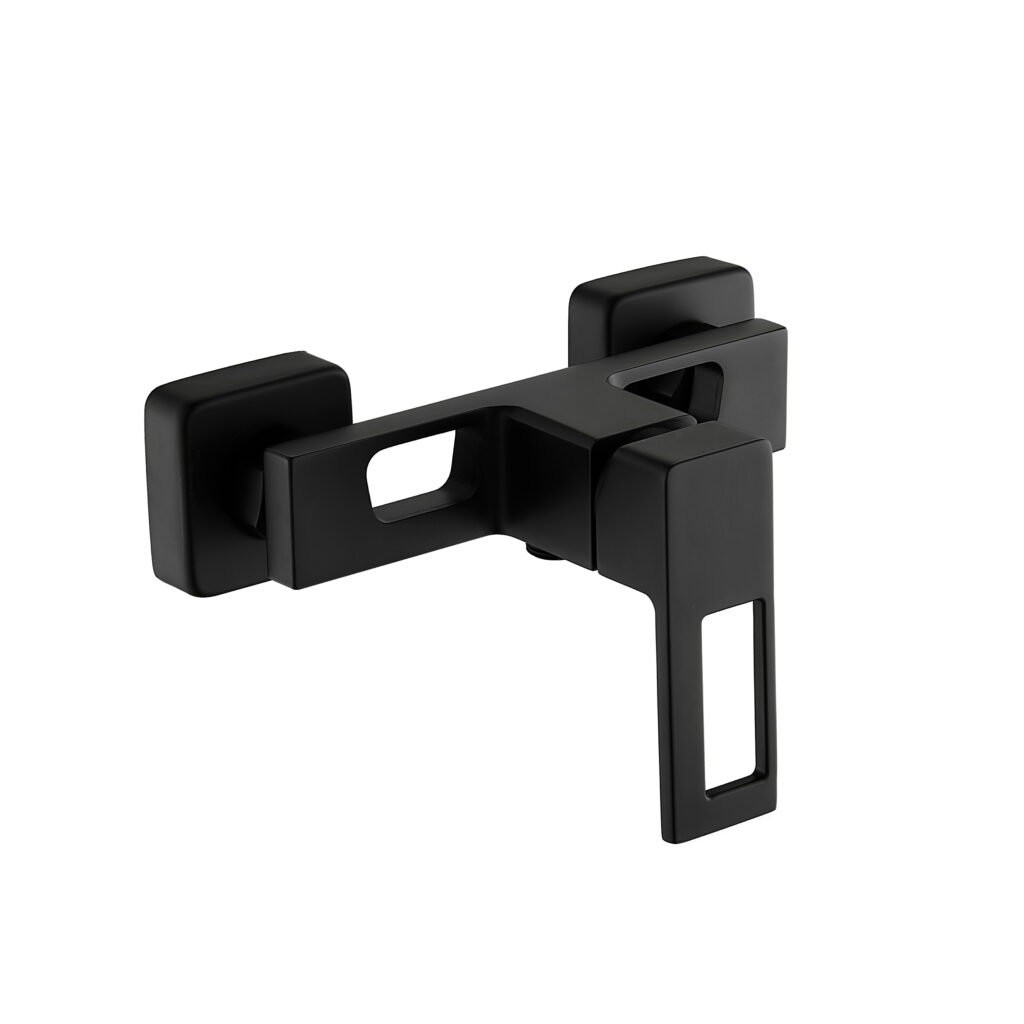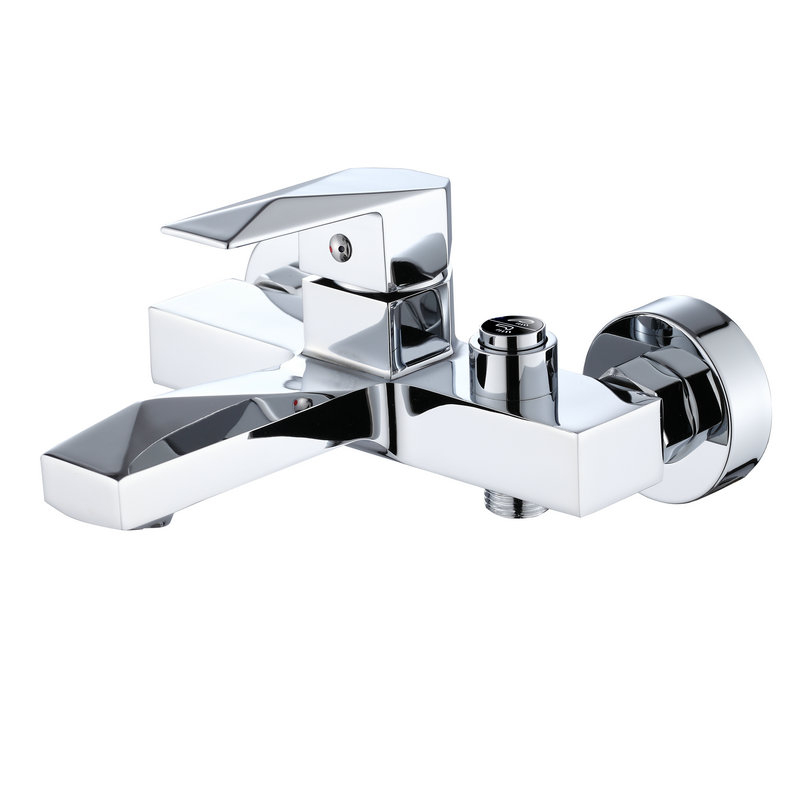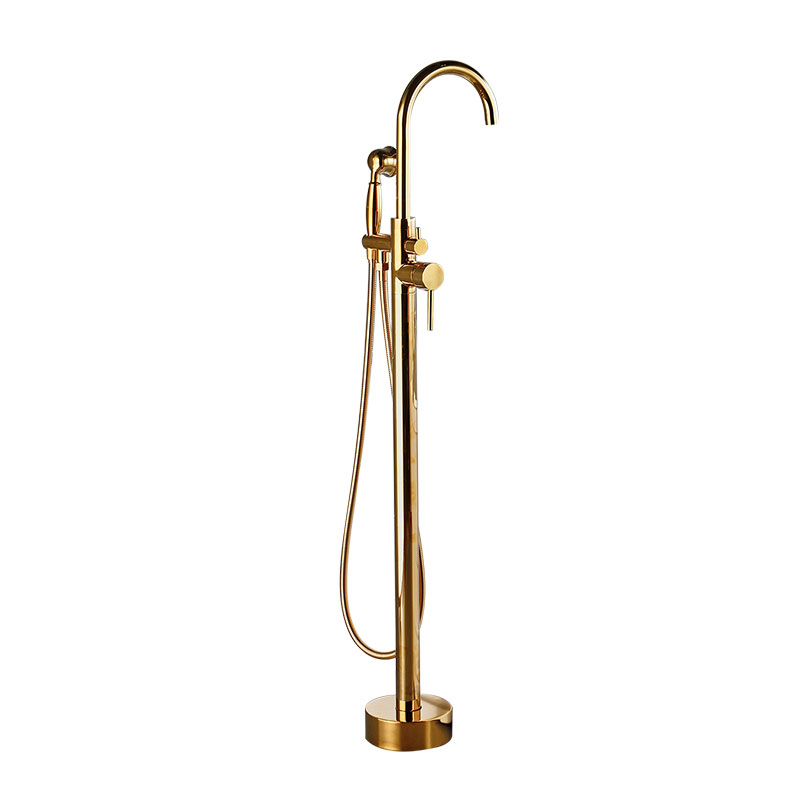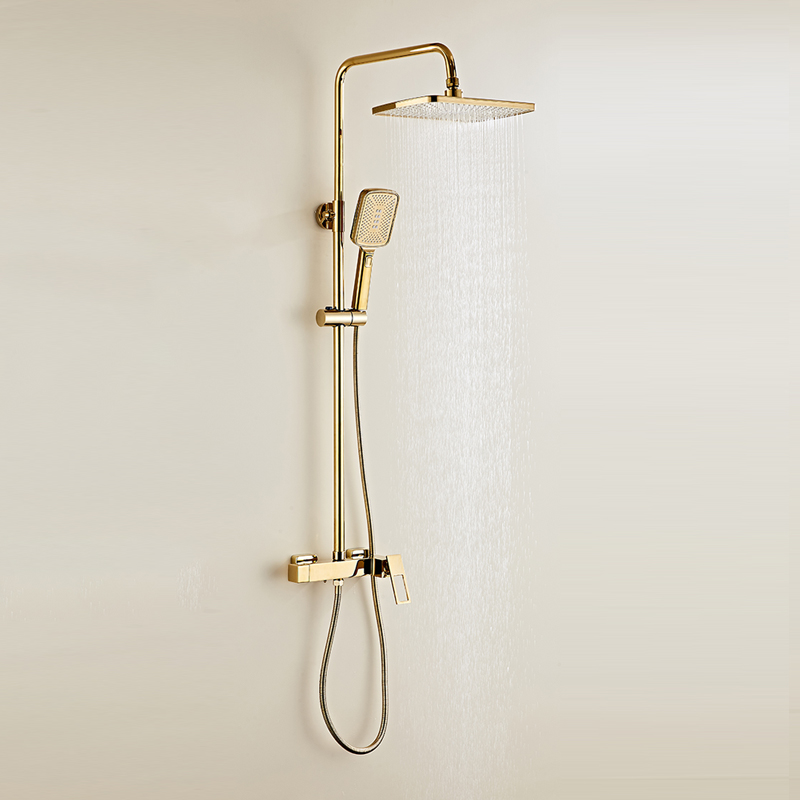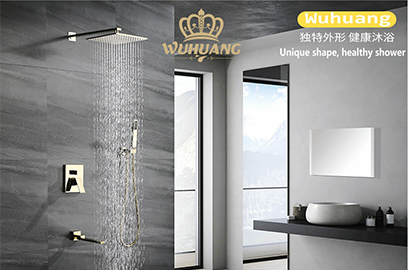When people buy faucets, they often face a choice: touch faucets or touchless faucets?
This article will explore the pros and cons of touch and touchless faucets to help you make an informed purchasing decision.
What is the difference between touch and non-touch faucets?
1. Hygiene
Touch faucet:
A manual touch is required to turn on the water flow, which can lead to the spread of bacteria and dirt.
Touchless faucets:
Equipped with smart sensing technology, as long as you approach the sensing area, the water flow will automatically turn on, avoiding cross-infection of bacteria and improving hygiene.
2. Save water and energy
Touch faucet:
It is usually necessary to manually switch the water flow on and off, which can easily cause a waste of water.
Touchless faucets:
Through intelligent sensing technology, it can automatically turn on the water flow when it detects that someone is nearby, and turn it off immediately after leaving, effectively reducing water waste and achieving the goal of saving water and energy.
3. Extend service life
Touch faucet:
Frequent manual operation is required, which can easily cause wear and damage to the faucet.
Touchless faucets:
The automatic sensing design reduces direct contact with the faucet and extends its service life.
4. Ease of installation and operation
Touch faucet:
Installation and operation are relatively simple and do not require many technical requirements.
Touchless faucets:
Although it requires more complicated installation steps, once installed, it is very easy to operate and can automatically turn the water flow on and off simply by approaching the sensing area.
In conclusion
Touch faucets and touchless faucets have their own advantages and disadvantages.
Some people pay more attention to hygiene, water and energy saving, and will be more inclined to choose touchless faucets; while some people value the convenience of installation and operation more, and are more suitable to choose. Touch tap.

